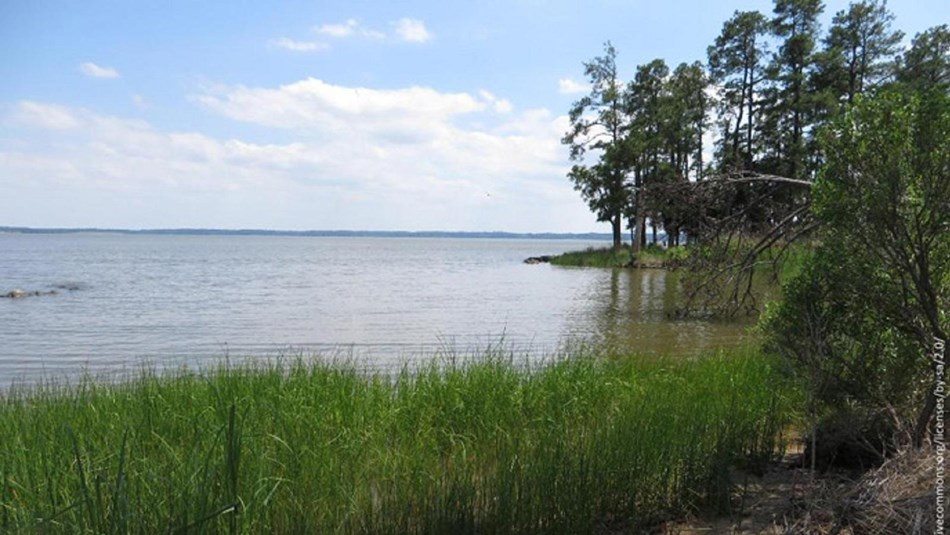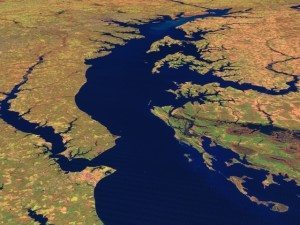
Living in Williamsburg affords many delights, including myriad courses offered by the Christopher Wren Association. I wound up sailing Chesapeake Bay with a lecture about the eco-system by Dan Summers, director of learning at the Virginia Living Museum in Newport News.
The contour of the Bay was formed 35 million years ago when a meteor hit offshore and created a giant hole near Cape Charles. The famed archaeologist Gerald Johnson discovered the crater by deducing how the York and James rivers take 90-degree angles at their opening. The volume of the rivers themselves came about through several ice ages, the last of which was 10,000 years ago. “They were river valleys at the time and then became drowned river valleys,” Summers said.
 The Bay watershed encompasses 114,000 square miles crossing six states: New York, Pennsylvania, West Virginia, Maryland, Delaware and Virginia. The Susquehanna is the largest watershed, and the New York watershed extends all the way to Cooperstown. There are 11,000 miles of shoreline when you include all the inlets and rivers. Every single one of them is a habitat.”
The Bay watershed encompasses 114,000 square miles crossing six states: New York, Pennsylvania, West Virginia, Maryland, Delaware and Virginia. The Susquehanna is the largest watershed, and the New York watershed extends all the way to Cooperstown. There are 11,000 miles of shoreline when you include all the inlets and rivers. Every single one of them is a habitat.”
“Some 360 fish live in the Bay, but 90 percent of them are gone by winter when the water gets cold. Only 36 are left, and some of them hibernate in deep ravines of 170 feet.”
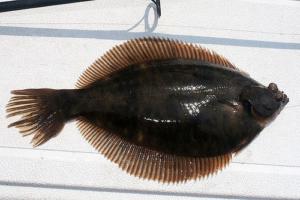 The major rivers are the Susquehanna, Patuxent, Potomac, Onancock, Rappahannock, Piankatank, York and James. As you move south, the rivers become more tidal, and the turbidity varies due to certain factors. The tides range two feet or more depending on the moon and weather.
The major rivers are the Susquehanna, Patuxent, Potomac, Onancock, Rappahannock, Piankatank, York and James. As you move south, the rivers become more tidal, and the turbidity varies due to certain factors. The tides range two feet or more depending on the moon and weather.
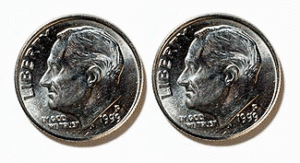 “The average depth of the Bay is 25 feet and the channels in the middle run to 170 feet. If you could reduce the Bay to a scale model length of 100 yards, how deep would the average be,” he asked. I raised my hand and said 5 inches. “Two dimes,” he responded. “It would be the thickness of just two dimes.”
“The average depth of the Bay is 25 feet and the channels in the middle run to 170 feet. If you could reduce the Bay to a scale model length of 100 yards, how deep would the average be,” he asked. I raised my hand and said 5 inches. “Two dimes,” he responded. “It would be the thickness of just two dimes.”
Grasses protect the Bay
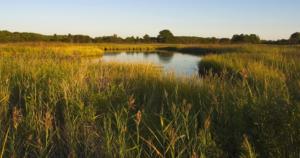 Summers described the various grasses that dominate and protect the Bay. “The most prevalent is salt marsh cord grass. I take kids out there and ask them over and over again to remember what kind of grass it is: salt marsh cord grass. I show them the tiny snails that cling to certain grasses. I tell them that if you hum quietly the snail will move slowly down the grass stem. Hummmmmm. Of course, the snail will move regardless of the humming, but it’s fun to do.”
Summers described the various grasses that dominate and protect the Bay. “The most prevalent is salt marsh cord grass. I take kids out there and ask them over and over again to remember what kind of grass it is: salt marsh cord grass. I show them the tiny snails that cling to certain grasses. I tell them that if you hum quietly the snail will move slowly down the grass stem. Hummmmmm. Of course, the snail will move regardless of the humming, but it’s fun to do.”
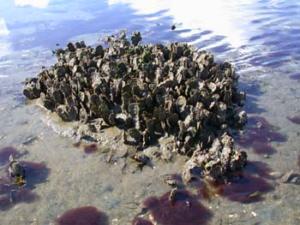 Oysters used to proliferate. “They grow on top of each other and would form veritable oyster reefs that were a hazard to navigation. The oysters clean the water. They suck in the water and extract what is called pseudo feces — fake poop. They extract that as a bubble or ball that lies on the bottom of the water. As recently as the 1850s it would take only four days for the oysters to filter the Bay. Today it would take 400 days. Back then, you could see down in the water 20 or 25 feet because it was so clear.”
Oysters used to proliferate. “They grow on top of each other and would form veritable oyster reefs that were a hazard to navigation. The oysters clean the water. They suck in the water and extract what is called pseudo feces — fake poop. They extract that as a bubble or ball that lies on the bottom of the water. As recently as the 1850s it would take only four days for the oysters to filter the Bay. Today it would take 400 days. Back then, you could see down in the water 20 or 25 feet because it was so clear.”
Let’s go sail
Check rates and pick a day for a sailboat charter. See reviews on Trip Advisor from sailors like you.
